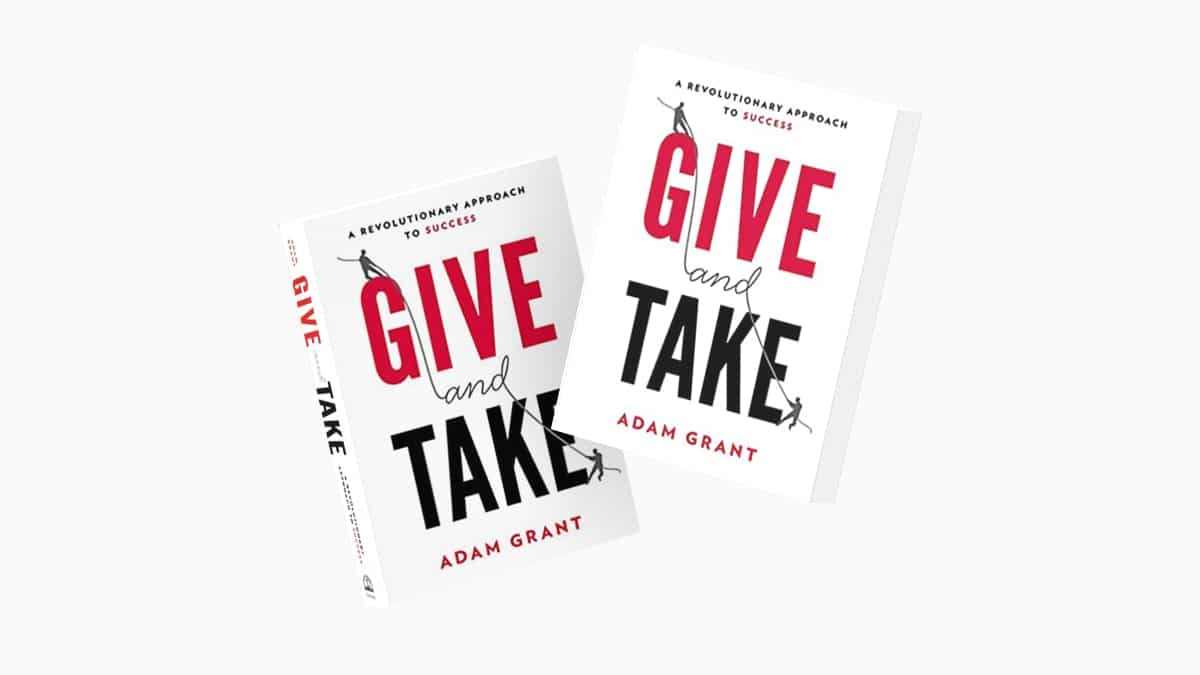Give and Take by Adam Grant is something different in the realm of success theory. It looks at how the personality roles of givers, matchers, and takers, fare in the professional realm.
It is quite an interesting read and it is easy to find yourself, and where you can improve your contribution to your networks, and build your business.
The three types are quite simple: givers like to give more than they get, matchers give or take in balance, and takers like to receive more than they give. What is more complex and revealing in this book, however, is how each type succeeds in the workplace. It becomes surprising to see which type tends to be most successful. The roles are not fixed and can emerge depending on the situation, e.g. a giver can become a taker when negotiating a salary increase.
In the workplace, takers see a competitive zone, with a limited amount of success available, they scheme, undermine, flatter only to get ahead, and help only when the benefit outweighs the cost. They are not always as evil as they sound as they may be driven by positive motives. However, they are concerned only with themselves and how they can benefit from others. For a manager, being aware of takers is valuable because of the harm they can cause to team morale.
Givers, conversely, give far more than they get. This can be in the form of knowledge, time, or resources. They will forgo credit when it serves the greater cause. They want to contribute value to others to achieve a result for the group and are motivated by the feeling of good. Managers need to be aware of who the givers are in their organisation.
Matchers are the most common type in the workplace. You scratch my back, I’ll scratch yours. Matchers are looking for win-win, or lose-lose. They will repay a favour but want their favours reciprocated. For managers, being aware of matchers is important as they can manage situations where matchers feel unmatched and become disgruntled.
The level in which we give and take is influenced by a sense of sameness. Takers are more giving if the person on the other end of the exchange is like them. This is important in team formation and culture building.
If there is a sense of community among a team, giving is more likely to occur leading to effective collaboration.
The book reveals why givers can be found at the top and at the bottom of the ladder of success. They are focussed on the greater good and become a valuable participant that last the duration of an aim, eventually rising to the top of the structure. They will have created a network of matchers who feel the need to reciprocate and contribute to the success of the task. However, some givers can become exhausted and disillusioned at being walked over by takers.
Takeaways:
The book offers lessons in many areas as it emerges that givers are more likely to achieve lasting success. These lessons are in how we serve our customers as businesses, how we manage employees, how we perform in a value chain with suppliers and collaborators, and how individuals can adjust their own behaviour in the workplace. The reader will see themselves, possibly in each of the three distinctions but, definitely weighted heavily in one. With this information, we can calibration our people management, our business personality, and ourselves toward success.




